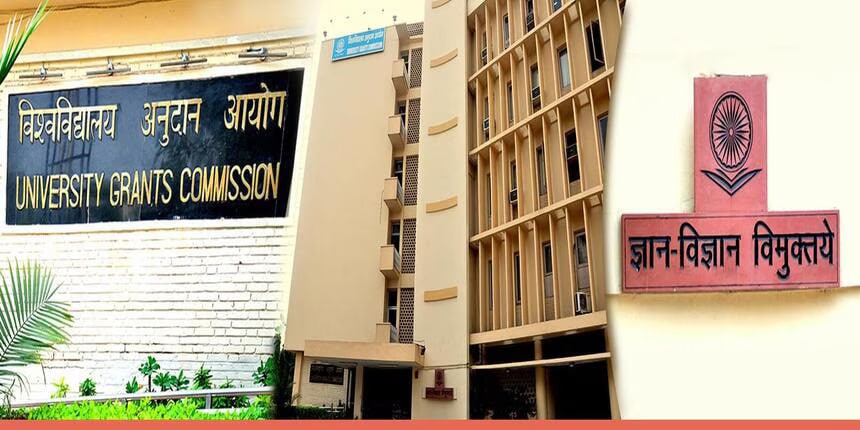UGC draft guidelines on AEDP; offer flexibility in credit transfer and apprenticeship duration
Vikas Kumar Pandit | October 9, 2024 | 05:32 PM IST | 2 mins read
UGC draft guidelines enable stipends for students based on whether the AEDP is offered through NATS or directly with the industry under the Apprentices Act, 1961.

NEW DELHI: The University Grants Commission (UGC) has issued draft guidelines for the Apprenticeship Embedded Degree Programme (AEDP). The guidelines aimed at improving the employability of undergraduate students by integrating apprenticeships into their degree programmes.
As per the official press release, AEDPs integrate classroom learning with experiential learning and on-the-job training (OJT) in a structured format. The draft UGC guidelines for the AEDP also provide flexibility regarding credit and duration.
According to draft guidelines, higher education institutions (HEIs) can schedule apprenticeships from the second semester onwards, a maximum of 50% of the duration of the programme with a single internship stretch of at least one semester, curriculum design and credit mechanisms for credit transfer as part of the degree programme.
The guidelines also outline a flexible credit system that aligns with the National Credit Framework (NCF). As per the NCF, students earn academic credit for their practical experience, with every 30 hours of training equivalent to 1 credit. For instance, a one-year apprenticeship training is considered equivalent to at least 40 credits.
The guidelines also outline a comprehensive assessment strategy that includes evaluations from the industry, faculty mentors, and the higher education institution (HEI). "The Draft Guidelines mandate a tripartite agreement between the HEI, the industry/establishment, and the student. This ensures clear roles and responsibilities," the official press release read.
Also readUGC assures disbursement of fellowships, extension of deadline for claiming dues: JNUSU
Stipend payment structure for students
The guidelines also enable payment of stipends to students, depending on whether the AEDP is offered through the National Apprenticeship Training Scheme (NATS) or as per the Apprentices Act, 1961 directly with the industry. The UGC will also implement a post-training tracking system, expecting HEIs to monitor students' progress after completing AEDPs to assess the programmes' effectiveness.
As per the official press release, the guidelines will be open for public consultation in the coming days and outline the framework for higher education institutions to offer AEDP programmes starting from the January-February 2025 academic session.
“The draft UGC guidelines for the Apprenticeship Embedded Degree Programme (AEDP) is a major step towards improving the employability of our youth. By formally embedding apprenticeships within degree curricula, students gain experiential learning alongside theoretical knowledge, equipping them with the competencies sought by employers. We urge all eligible higher education institutions to take advantage of these guidelines and offer AEDP programmes to their students,” UGC chairman, M Jagadesh Kumar said.
Follow us for the latest education news on colleges and universities, admission, courses, exams, research, education policies, study abroad and more..
To get in touch, write to us at news@careers360.com.